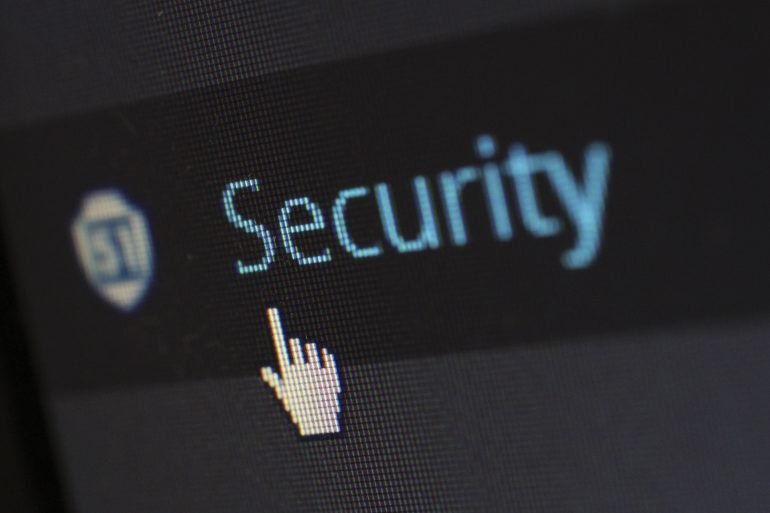In May a malicious cyber-attack hit 200,000 people in over 150 countries including Australia. Businesses of all shapes and sizes were compromised and the implications of leaked private customer data is frightening.
Unfortunately this is not an isolated incident and will happen again (and again). Whether you are protecting business or personal digital assets, here are a few simple things to consider that will go a long way to giving you the right protection online.
Install software updates
Many computer users (and I’m guilty) don’t like operating system updates because they can take a long time to install and use up a lot of space and data.
That said, updates often include fixes for bugs in your software and, importantly, protect against new cyber threats. Choosing to install your software updates is entirely up to you, but it’s recommended and worth reconsidering in the face of what’s presently going on online.
Antivirus is imperative
If your computer did not come equipped with antivirus software from a leading supplier like McAfee, Norton or Malwarebytes, consider signing-up and installing immediately. There’s plenty of information online about reputable antivirus brands (free and paid) to help you make a choice about a product that suits you.
Be sure to regularly update the software, or for ease I’ve set mine to update and scan automatically at regular intervals (this option is often presented to you as ‘recommended’ during set-up).
Antivirus software helps to block email spam, and prevents you from having passwords, logins and personal details including bank or PayPal information stolen.
Think about how you sign-in
Advice I’ve been given is to change your passwords frequently and do not use the same one across all your channels (social media, online banking and shopping sites). Devise a difficult–to–crack option, such as ‘D0n!Wo##y’ instead of ‘dontworry’.
You may have noticed that many sites you login to frequently, such as Google, Dropbox or Facebook, now offer the option to set-up two-factor authentication. This usually means that you will set a password to login to a site, and you will also receive a text message to your mobile phone with a login code — two ways you verify your identity.
Watch out for public Wi-Fi
Wi-Fi is available everywhere, but we are now encouraged to think twice before accessing it. Hackers are savvy to the fact that when we connect to Wi-Fi without using network passwords, our devices become accessible through unsecured gateways. This means all sensitive data on your device can quite easily be stolen.
Set your devices to not automatically connect when a network becomes available — choose when, where and how you want to connect to the internet.
Be aware of ‘phishing’ scams
These cons are widespread and scammers are getting smarter, using email, text and app messaging to approach us. The scams appear to come from many different companies including your bank, phone provider or the tax department.
Protect yourself by keeping antivirus software up to date, and by deleting any emails that ask for personal information like credit card numbers. Other warning signs of a ‘phishing’ scam include when the spelling or grammar looks wrong, if ‘urgent action’ is demanded, or if you’re given competition or cash news that sounds unrealistic or too good to be true.
If in doubt about what’s right for you, drop into a computer service store or technology provider for professional guidance and advice on your options.





